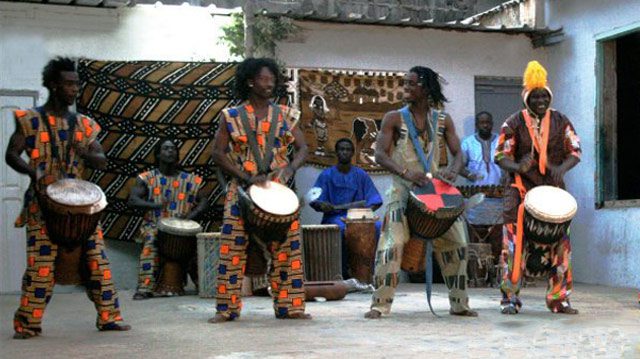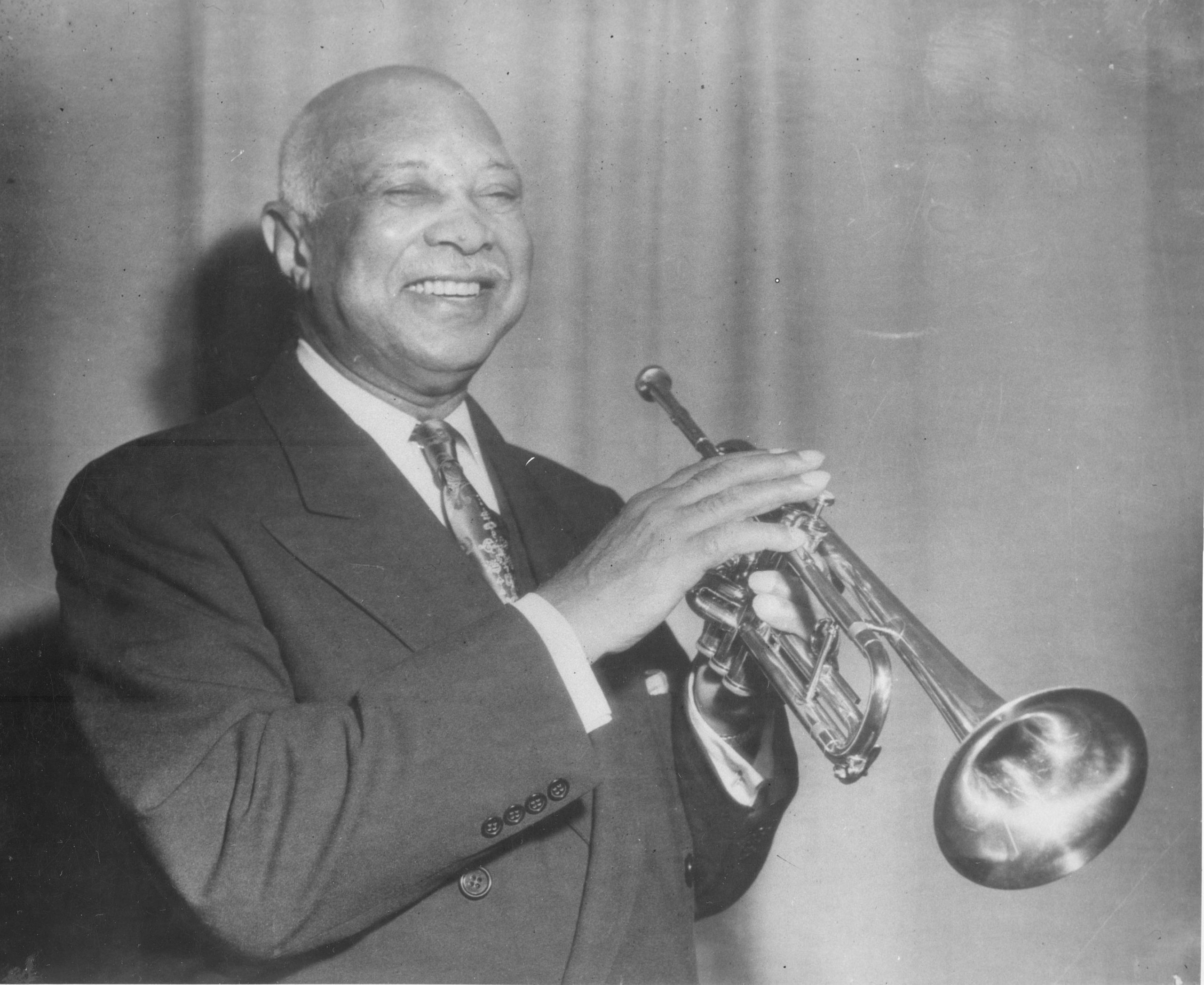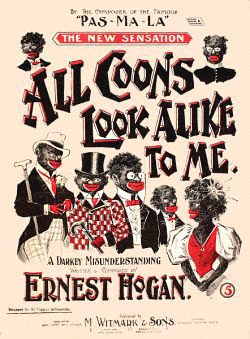
The Djembe drum is a beautiful instrument that can empower any drummer, dancer, or listener. For many years, the djembe drum has been played in many modern-day countries.
The djembe drum is a rope-tuned, skin-covered, and goblet-shaped drum played with your bare hands. The head of the drum is traditionally made from goatskin, which provides the drum with a piercing high-pitched tone and slap sounds. Three main sounds that can be played on a djembe are bass, tone, and slap. The bass sound (low-pitched) is achieved by striking the drum in the middle of the skin with a heavy hand. The tone (medium-pitched) is played with the hand on the edge of the skin, using the wrist as well as the arm to propel the hand towards the drum. The slap (high-pitched) is technically the hardest stroke to achieve. There are many types of slap, all of which are played near the edge.
The djembe is West Africa’s best known instrument. The countries where it gets played the most are Guinea, Mali, Ivory Coast, and Burkina Faso. The name of the djembe came from the Bamana in Mali, who said “Anke dje, anke be” to call their people together. People play the djembe on different occasions; such as weddings, celebrations, dancing, or even just coming together. It’s different tribes and people who play the djembe. The drum belongs to the membranophone class of instruments in the percussion family. The djembe drum is about 400-800 years old and was created during the Malian Empire by the Mandé people.
Today, it is played throughout the world. It has traveled across the ocean to Europe, South and North America. The Djembe is truly a global instrument. The Djembe has been a fundamental part of spiritual and ritualistic life in West Africa for many generations.
Sister Sledge is an American musical vocal group from Philadelphia

Tye Tribbett is a grammy nominated and award winning gospel artist.

Charlie Parker was an american jazz saxophonist and composer.

W.C. Handy was known for “Father of the Blues”.

Ragtime and The Coon Song presented a stereotype of black people.
The Fisk jubilee singers has made a major impact of representing Negro Spirituals and their school.

Login to your account